The American Withdrawal from Afghanistan
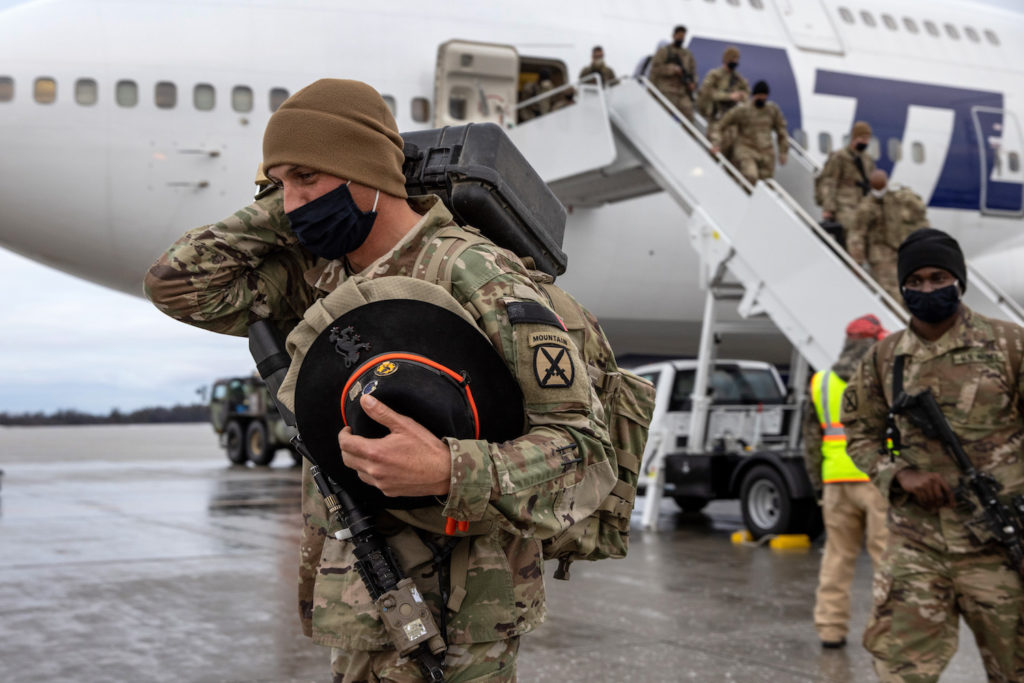
“If you know the enemy and know yourself, you need not fear the result of a hundred battles. If you know yourself but not the enemy, for every victory gained you will also suffer a defeat.”
The hasty and disgraceful American withdrawal from Afghanistan marked the culmination of the longest war of the sole superpower of modern era. By any metric, the result was a humiliating defeat for the Western allies, and that at the hands of a thirty-year old rural militia with obsolete and improvised armament, few economic assets, and little to no foreign recognition or support. As we shall see, it is the Sun Tzu quote cited above that offers perhaps the best explanation for why a military force that spent $ 12 million per hour for twenty years in one of the poorest nations in the world was incapable of overcoming meagre but determined local resistance.
U.S. Forces … in Afghanistan?
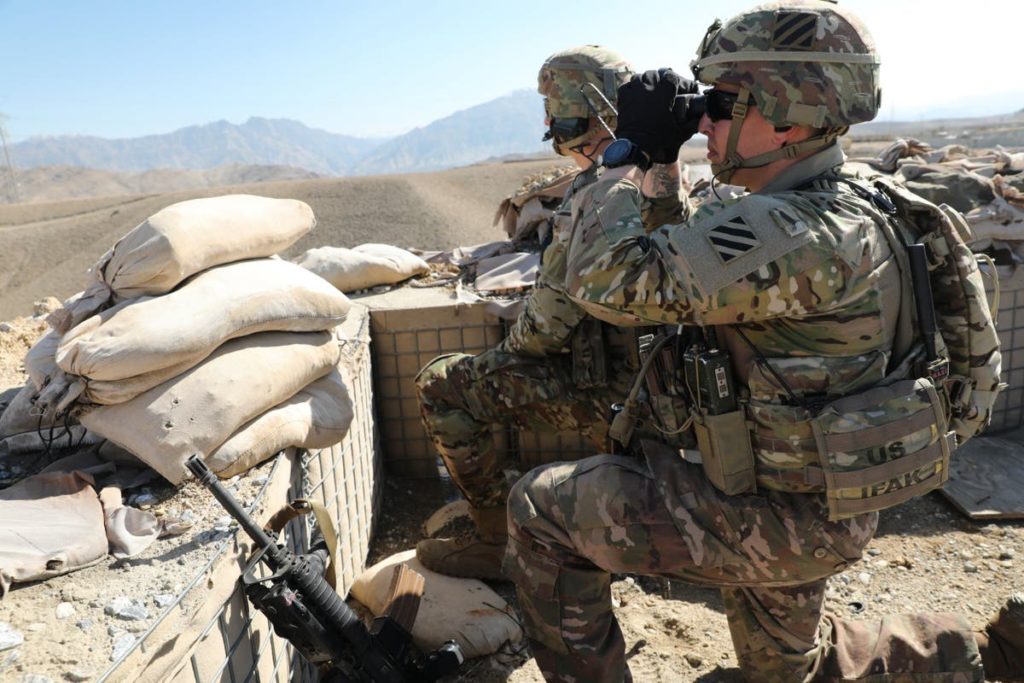
If we hope to make sense of the chaotic U.S./NATO retreat from the mountains of Afghanistan in August 2021, the first and foremost question we must address is: Why did we ever go to a desolate, isolated wasteland over 11,000 kilometres away in the first place? At first glance, the answer seems fairly simple: To defeat al-Qaeda (the perpetrators of the 9/11 attacks), and make sure no future enemies can use Afghanistan as a safe haven for terrorist operations. But a full-scale invasion, occupation and reconstruction was far from the most convenient and evident way of accomplishing that goal. After all, the Taliban government repeatedly offered to turn over Osama ben Laden for trial in the U.S., allegedly even before September 2001 but certainly many times afterwards. So why is it that the country preferred to almost instantly wage the first of its ‘endless wars’ in the Near East instead of trying one of the more obvious solutions?
The United States has a very strong military culture today (in sharp contrast to the wishes of the Founding Fathers) and therefore, the popular sentiment always supports the blunt use of force (which translates to ‘wars of intervention’ in plain English) as the ultimate solution to any real or supposed threat facing the nation. One study concerning the War in Iraq, for instance, confirmed that a vast majority of Americans supported the invasion on the onset, but the support gradually declined afterwards. This tendency in American popular opinion, combined with the global hegemony and nearly-endless resources of the United States of America, left the political leadership in 2001 with little choice to reflect seriously on the long-term implications of their actions. This is not to deny that the stated ideological goals of ‘spreading democracy’ did not play a role in bringing about the invasion as well But overall, the decision to invade and occupy Afghanistan seems to have been one undertaken for political gains at home.
Winning ‘Hearts and Minds’
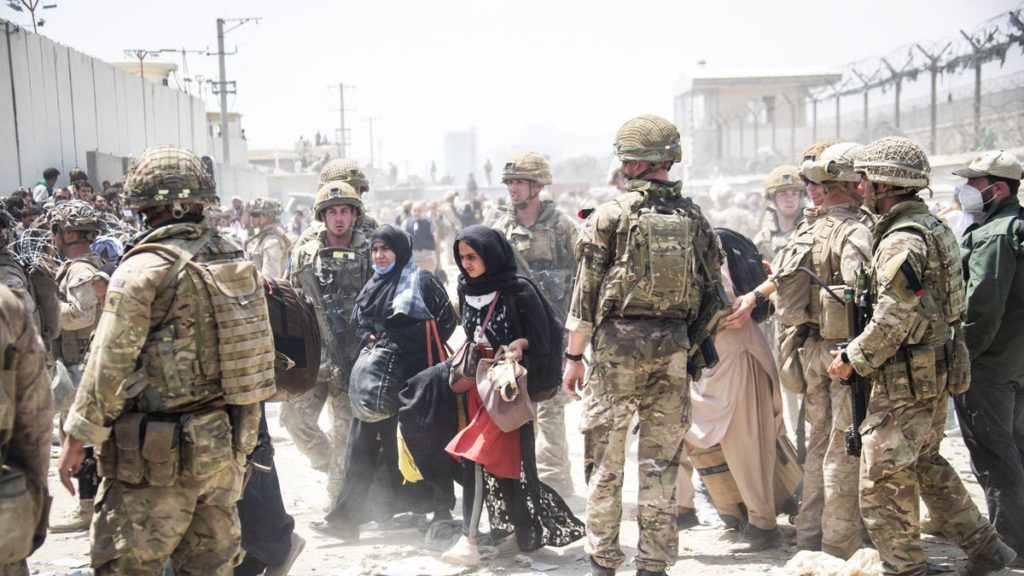
After the initial invasion and occupation of the country, the U.S. military leadership was faced with the same dilemma it had encountered in Vietnam over thirty years ago: How the secure a reliable ally out of the wreck that is now Afghanistan. It never was clear, however, exactly how this would be accomplished. It is now a well-known fact that the U.S. objectives in Afghanistan were never actually certain in the first place. The policies that did take hold stemmed from a complex array of contradictory interests, including the desire to uproot extremism but a reluctance to become entangled for the long run, trying to find native allies without compromising on the Western ideals of democracy, etc.
What followed was an amalgam of a vague ‘War on Terror’ with a simultaneous ‘Hearts and Minds’ approach. While the result of the first is as ambiguous as the ‘War’ itself, there is no question that the U.S. and its NATO allies failed miserably in the quest to win the confidence and respect of the Afghan people. This brings us to the elephant in the room. The United States, very evidently, did not have the cultural knowledge and understanding to find an appropriate solution to Afghanistan’s deep-rooted unrest, nor did it harbor a strong desire to acquire that knowledge. This “Persistent cultural friction”, as the editor of one recent volume on the war has put it, was “The most consistently important factor” that forced the U.S. to give up.
Aristocracy in Disguise
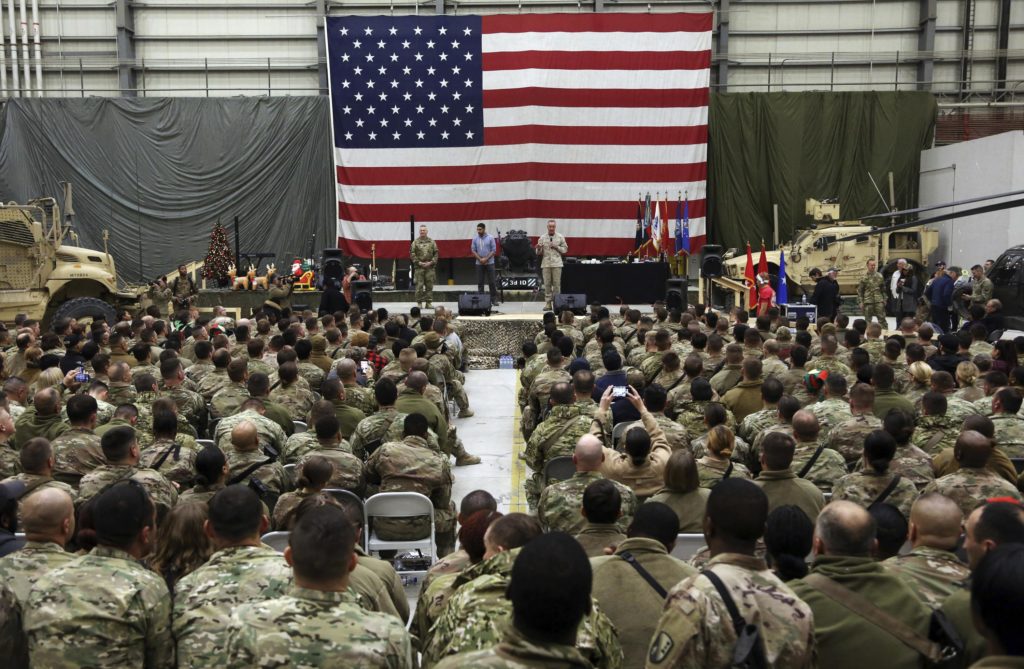
The American presence in Afghanistan never even ventured close to its ideal of creating a secular democratic regime in the nation. In practice, all it achieved was the replacement of one elite group in power with another, the latter allied with the United States but not necessarily sharing its vision of the future. The wilful ignorance of local conditions by the Americans meant their only contacts in the region maintained their loyalty solely due to the inflow of foreign dollars; or ‘development aid’, which essentially denoted bribes to a few powerful and openly corrupt leaders at the expense of the larger public, not to mention the great profit such projects brought to the American corporations entrusted with carrying them out.
By some estimates, the United States has spent more in Afghanistan in real terms from 2001-2021 than the aid provided for the reconstruction of Europe (under the Marshal Plan) after the Second World War.9 This almost inconceivable level of expenditure has not translated into any radical improvement in the lives of everyday Afghans. In fact, there is almost nothing material to show for the amount of money supposedly spent on the reconstruction of the country of Afghanistan, which should be unsurprising given the notorious levels of corruption in the U.S. defence industry.
We can get some idea of the scale of waste in Afghanistan from the regular reports of the Special Inspector General for Afghanistan Reconstruction (SIGAR), the primary agency responsible for directing U.S. aid for the development of the nation since 2008. The SIGAR reports frequently highlight the incredible scale of corruption and inefficiency in the so-called development programs, which account for the bulk of all U.S. non-military investment in the country. One report which studied a sample of 60 such projects, for instance, found that over 91 % of the funds spent did not bring any tangible benefit, and instead went to assets that were later abandoned, destroyed, or simply not used at all.10
The very last SIGAR report released in the August of 2021 contains very damning statements about the American plans for the country. It claims that the U.S. simply had had “No long-term strategy” in the country, and that the leadership displayed a “Wilful disregard for critical information”, to the point that “Money spent, not impact achieved became the primary metric of success”, among other not-so-surprising revelations.11 In fact, the SIGAR briefs proved so embarrassing and damaging to the reputation of the entire effort that the State Department unironically tried to pressure SIGAR into retracting many in the immediate aftermath of the withdrawal from Afghanistan!
Sudden Withdrawal from Afghanistan?
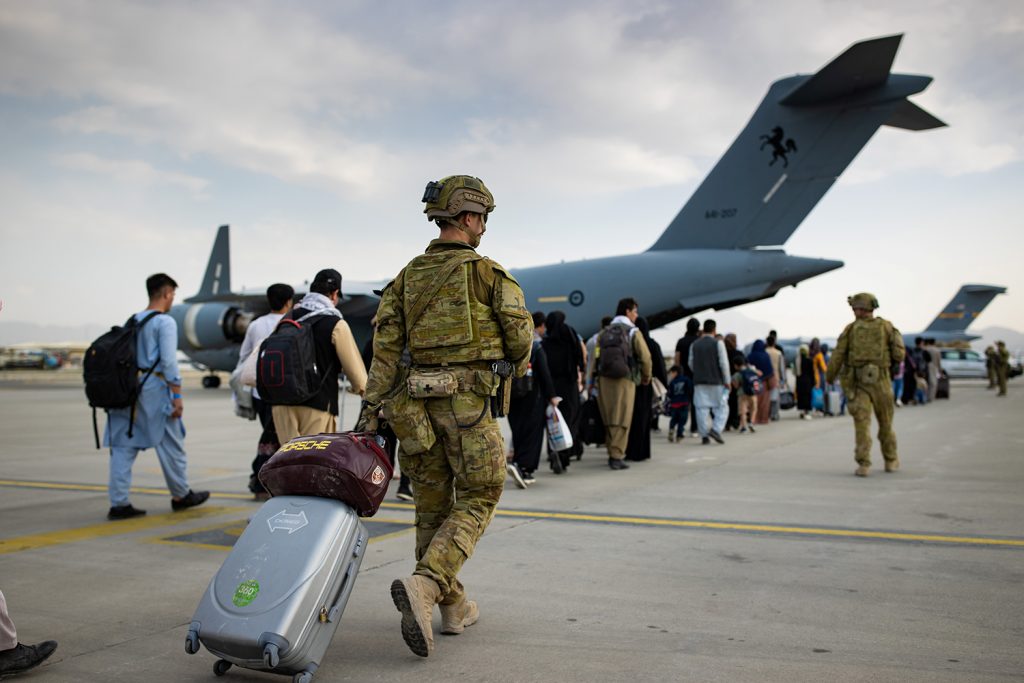
Given that the U.S. ‘strategy’ in Afghanistan – if there was any – has failed to lay the foundations of a stable and independent system for such a long time, the important question is not really why the U.S. withdrew troops from the country, but when they did so. Officially, U.S. combat operations in Afghanistan ended in December 2014, but substantial numbers of ‘instructors’ and military contractors remained, along with considerable direct support to the nascent Kabul government. All this did was provide some plausible deniability, for the puppet democracy in Kabul was so dependent on outside assistance that it fell even before the U.S. withdrawal from Afghanistan was completed at the end of August, 2021.
As we have seen, support for wars tends to decline in American popular opinion over time. The key reason why the U.S. withdrawal from Afghanistan was conducted in such an apparently chaotic manner is primarily domestic politics; the populist President Donald J. Trump decided to harbour a strong isolationist sentiment throughout his foreign policy, but this was especially true when it came to his strong criticism of the ‘Endless wars’ in the Near East. He successfully argued that continued U.S. presence in the region offers no prospect of a permanent resolution, and that the human and monetary costs of the endeavour are not worth the price.
It should also be noted that the rapid alignment of the most important long-term American ally in the region, the Islamic Republic of Pakistan, with China from the mid-2010s also helped make the U.S. presence in the country particularly untenable. This situation meant that the U.S.-supported regime in Kabul was now completely isolated in its own neighborhood. Furthermore, it could add very little to the strategic power of the United States in its new cold war with China, and was now instead a secondary theatre diverting a disproportionate amount of resources away from this new conflict. This is all in strong contrast with Germany, Japan, and South Korea, for instance; three countries where the U.S. maintains a significant military presence since the 1940s. Ultimately, it is clear that the U.S. intervention in Afghanistan was untenable from its inception, and it was only a matter of time before the nation’s population and political leadership realized and came to terms with this fact.

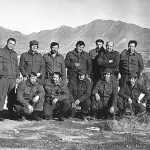



Leave a reply